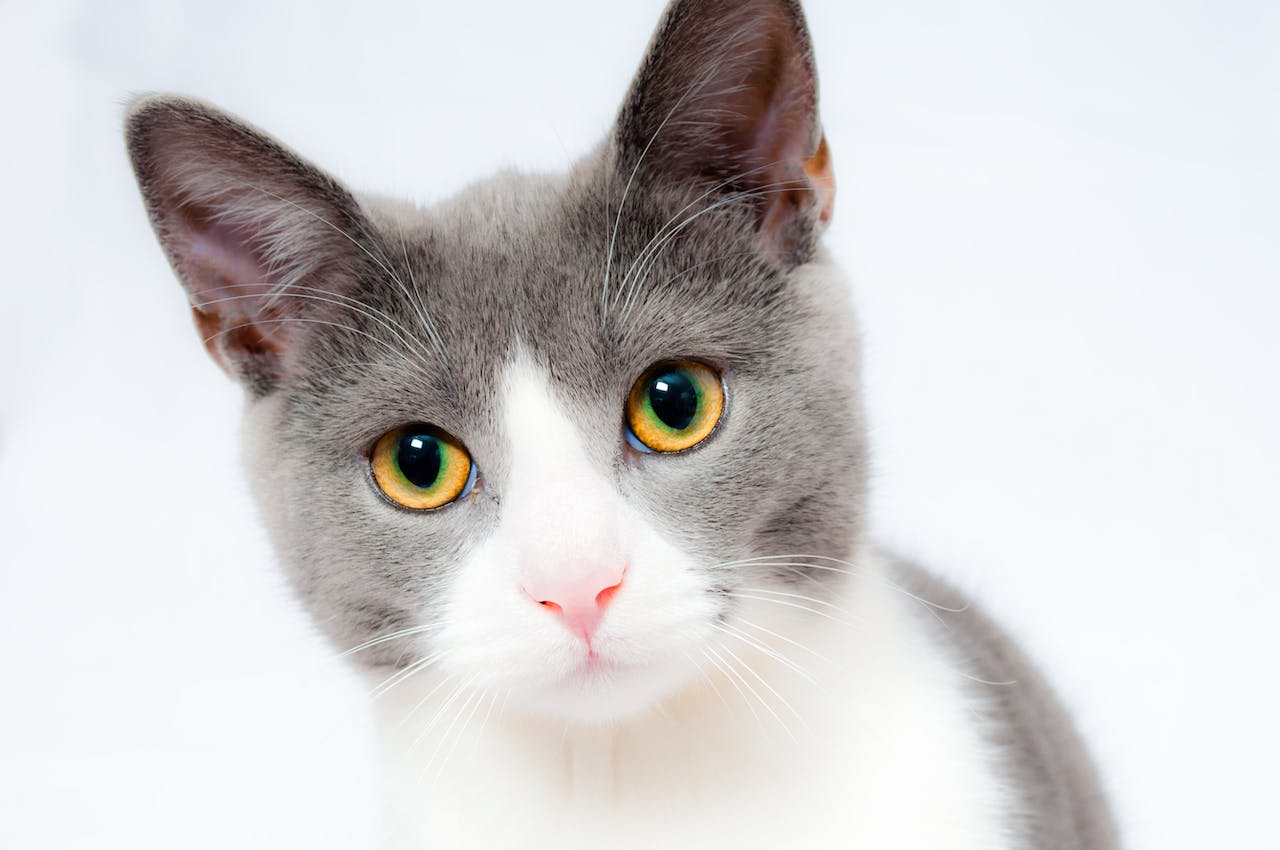Managing Treatment of Diabetes Mellitus in Your Cat

If your cat was just diagnosed with diabetes mellitus (DM), fear not, you’re in good company. Unfortunately, DM is a growing problem in cats, likely due to the growing rate of obesity.
So what exactly is diabetes? Diabetes mellitus is an endocrine problem where your cat’s pancreas fails to produce enough of the hormone, insulin. With DM, the body doesn’t make enough insulin, which is the hormone that helps push sugar (“glucose”) into the body’s cells. Without the insulin, the body’s cells are starving for sugar; unfortunately, this then stimulates the body to produce more and more sugar (in an attempt to feed the cells). That’s why your cat’s blood sugar is so high (what we call a “hyperglycemia”). Without insulin, the sugar can’t get into the cells; hence, why you need to give it through a tiny syringe twice a day.
The good news about DM in cats? Unlike diabetes in dogs, DM can be transient in cats. What does this mean to you? If your cat was just diagnosed with DM, don’t panic – with aggressive follow-up, short-term insulin injections, weight loss and a change in diet, it may not mean life-long disease in your cat!
It’s important to recognize the clinical signs of diabetes mellitus in cats, because the sooner you recognize it, the sooner we can treat it and the better the long-term prognosis for your cat. Signs of DM in cats include:
- Larger clumps of urine in the litter box (e.g., excessive urination)
- Seeing your cat at the water bowl more (e.g., excessive drinking)
- Dilute urine (e.g., less foul smelling urine in the litter box)
- Obesity
- Muscle wasting over the back
- Acting hungrier
- Lethargy
- Walking “lower” in the hind limbs (e.g., hocks) due to diabetes neuropathy (nerve problems)
Types of diabetes mellitus
In veterinary medicine, there are two types of diabetes mellitus seen: Type I DM and Type II DM. Cats develop the latter type called Type II diabetes.
- Type I DM (which is seen more commonly in dogs) is when the body fails to produce insulin. Type I DM requires life-long insulin therapy.
- Type II DM (which is seen more commonly in cats) occurs when the body produces small amounts of insulin, but insufficient amounts. Type II DM is often related to obesity, which causes the body to be insulin-resistant. With aggressive treatment for Type II DM, diabetes can be transient and may only require a diet change and short-term insulin therapy (months). Hence, one of the reasons why veterinarians are always fighting against pet obesity!
Treatment of diabetes mellitus
While the diagnosis of DM isn’t a death sentence, it can be a costly disease as it requires treatment. The good news is that if you are a dedicated cat owner, you can help make the diabetes go away quickly – within 1-2 years, if not sooner! That’s because in cats, DM is often transient and with appropriate therapy (including insulin injections, diet changes and veterinary care), your cat can be successfully treated – and even cured. That said, keep in mind that DM can be fatal if not treated, and that the hormone supplement (insulin) and follow-up care can be expensive.
Treatment for diabetes will depend on how early the DM was diagnosed – with DM, the sooner you recognize the signs, the sooner you seek veterinary attention and the sooner we get your cat on insulin, the less long-term damage to your cat’s pancreas there will be! Keep in mind that you’ll have to visit your veterinarian more frequently with your cat, as part of DM monitoring and treatment includes frequent blood tests (e.g., blood glucose curves).
In cats, initial treatment of DM may include dietary changes, oral medications,* weight loss and insulin therapy. Keep in mind that some cat guardians initially just try dietary changes, but recent studies have shown that the sooner you start insulin therapy, the healthier for your cat’s pancreas will be.
Treatment specifics
Diet changes are often recommended for the treatment of DM. In cats, dietary changes include a high-protein, low-carbohydrate diet (similar to Purina DM™ or canned kitten food). Concurrent weight loss is a must also!
Oral medications (e.g., glipizide) work by causing a lower blood sugar – they are called hypoglycemic agents; however, they only work in cats, not dogs. While these medications are “easier” to give, they aren’t as effective, so when in doubt, consider jumping right into insulin injections instead. Talk to your veterinarian about this.
Insulin injections may sound intimidating; however, many cat parents get used to them quickly and feel very comfortable with the process. (Once your veterinarian shows you how to do so, it’s easy, as the needle size is miniscule!). Insulin has to be given twice a day, approximately every 12 hours (don’t worry – it doesn’t have to be exactly 12 hours!) under the skin. Unfortunately, oral insulin doesn’t work, otherwise we’d dose it that way instead!
With appropriate care and treatment, cats with DM can live a long, healthy life, although they will require frequent trips to the veterinarian to regulate the blood sugar. Having a diabetic cat is also a big commitment, as it requires dedicated pet parents who can give twice-a-day injections of insulin (especially when you go on vacation).
When in doubt, if you notice any of these signs in your cat, get to a veterinarian right away for some blood work and a urine sample. That’s because with diabetes, the sooner you diagnose it, the better for your cat and the better the chances of success in treatment.












